
Natural Sheep Lice Treatment. Sheep lice are common parasites that can quickly spread from one sheep to an entire flock. They lower quantity and quality of wool production and are difficult to eradicate. While there are no known effective natural treatments, an integrative strategy can reduce the amount of insecticides used to combat sheep lice.
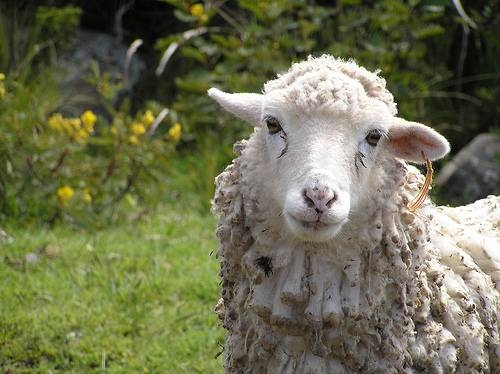
Sheep body lice (bovicola ovis) are a common parasite that feed on the skin and outer layer of fleece of sheep and attach their eggs on their wool. Adults are white or reddish brown, about 2 millimeters long, and spread through direct contact with infected sheep. Populations of lice are larger and more active in the winter and smaller and more reserved in the summer, although shearing is the primary factor which determines their number. Infected sheep wool is about 10 percent less in quantity and value. An infected sheep can develop anemia. The actual damage done by sheep lice is matted fibers and tearing at the tip of the staple.
While there are many chemicals available to treat lice, there are few methods for natural treatment. As such, an integrated approach is highly recommended. Products containing diazinon were once popular but have since been suspended for use by dipping or jetting due to health risks to sheep and humans. Separate and quarantine new sheep and avoid contact with outside sheep. Suspect all new sheep of lice infestation and inspect them closely for six months before integrating them into the larger group. This mitigates the risk of spreading lice to the entire flock. Nearly 90 percent of lice are removed with fleece during shearing. As such, topical treatments are most effective just after shearing, when populations are vulnerable to total annihilation. Follow all directions on chemicals, limit their use six months prior to shearing, and suspend their use three months prior to shearing. Fully saturating the wool with water may drown half to all living lice and eggs close to hatching. A couple of strong rainfalls or the synthetic equivalent thereof may suffice. Water saturation does not affect young eggs.
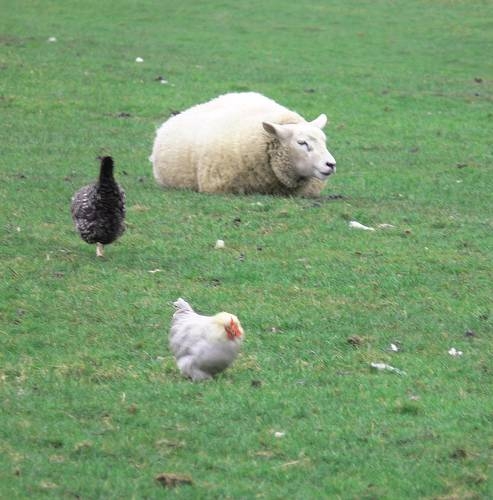
A female louse lives about 30 days and lays 10 to 20 eggs during her lifetime, which are attached to wool fiber and hatch in about 10 days. In larger infected populations, it is widely recommended to safely apply treatment as early as possible and avoid using such treatments three months before sheering. Sheep are also susceptible to foot and foot lice (Linognathus ovillus and Linognathus pedalis, respectively), although they are of minor concern.
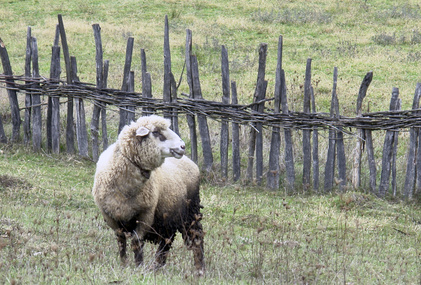 How to Care for Sheep
How to Care for Sheep
How to Care for
How to Care for Sheep
How to Care for Sheep
How to Care for
 How to Treat a Young Lamb with a Cold
How to Treat a Young Lamb with a Cold
How to Treat a Young Lamb with a Cold
How to Treat a Young Lamb with a Cold
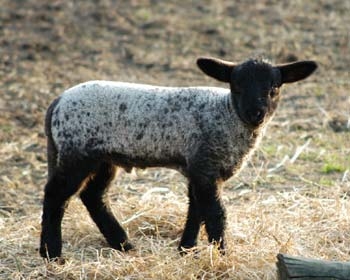 What to Feed Baby Lambs
What to Feed Baby Lambs
What to Feed B
What to Feed Baby Lambs
What to Feed Baby Lambs
What to Feed B
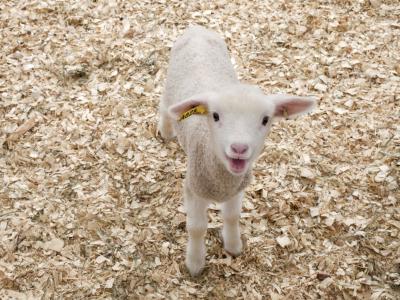 How to Install Blades in an Oster Clipmaster
How to Install Blades in an Oster Clipmaster
How to Install Blades in an Oster Clipmaster
How to Install Blades in an Oster Clipmaster
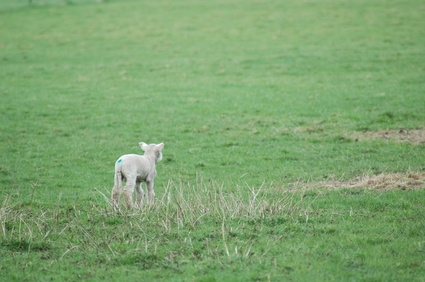 How to Raise a Baby Lamb
How to Raise a Baby Lamb
How to Raise
How to Raise a Baby Lamb
How to Raise a Baby Lamb
How to Raise
Copyright © 2005-2016 Pet Information All Rights Reserved
Contact us: www162date@outlook.com